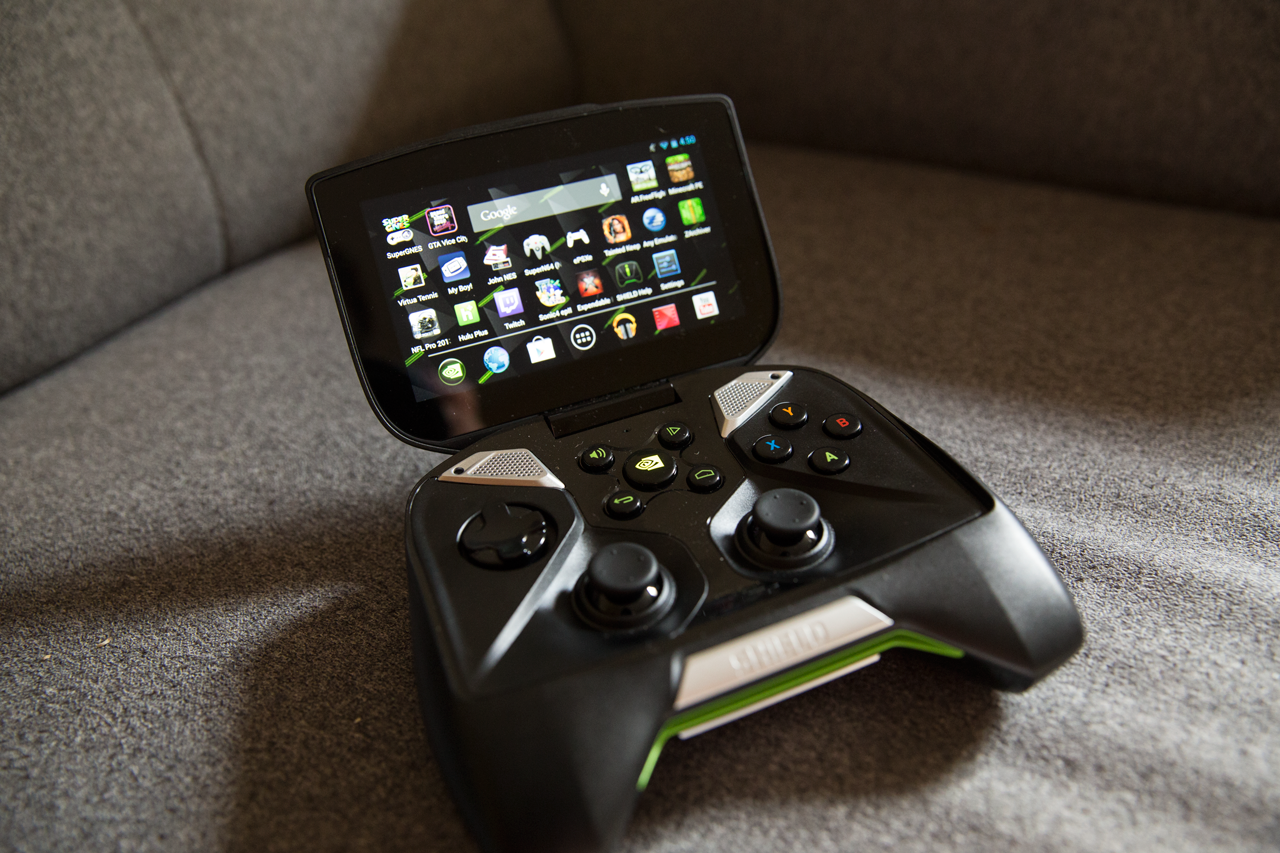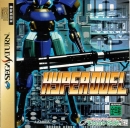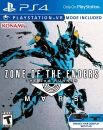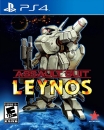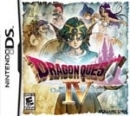curl-6 said:
Pemalite said:
This console had a 32bit AMD 386SX CPU @16MHZ. - 2MB System Ram + 640Kb Video Ram + 128Kb Sprite Ram.
Pretty ahead of it's time in retrospect.- Could even do 3D graphics, unfortunately due to the lack of sales we never saw the hardware truly taken advantage of.
|
Cool stuff; capability wise how did it compare to systems like the Jaguar, PS2, Saturn?
|
It's 3D graphics capabilities were pretty limited compared to a purpose-built 3D console like the Saturn or the PSOne.
As such, best comparison would be the Neo Geo CD, which came out a year later and was somewhat more powerful, and the 32X upgrade for Megadrive/Genesis. Neo Geo CD could do some basic 3D rendering like the later FX chips of the SNES but was way more advanced when it came to 2D rendering, while the 32X is slightly more powerful in 3D and many more colors (11bit vs 8 bit) but hasn't quite the same 2D possibilities.
It's actually most comparable to a standard low-end PC at the time (486 we becoming prominent at the time, and the first Pentium wasn't far off anymore), but with a GPU that has been enhanced to be more aimed at console games (no PC GPU came with anything like sprite RAM, for instance), otherwise it's pretty much an SVGA GPU, down to having VGA graphics options. It even comes with an internal Floppy disc drive (formatted in the PC-98 style, so not directly compatible with western PCs). As such, concept-wise but also performance-wise, it's most comparable to the Amiga CD32, which released around the same time in the west.
Last edited by Bofferbrauer2 - on 15 April 2025
























